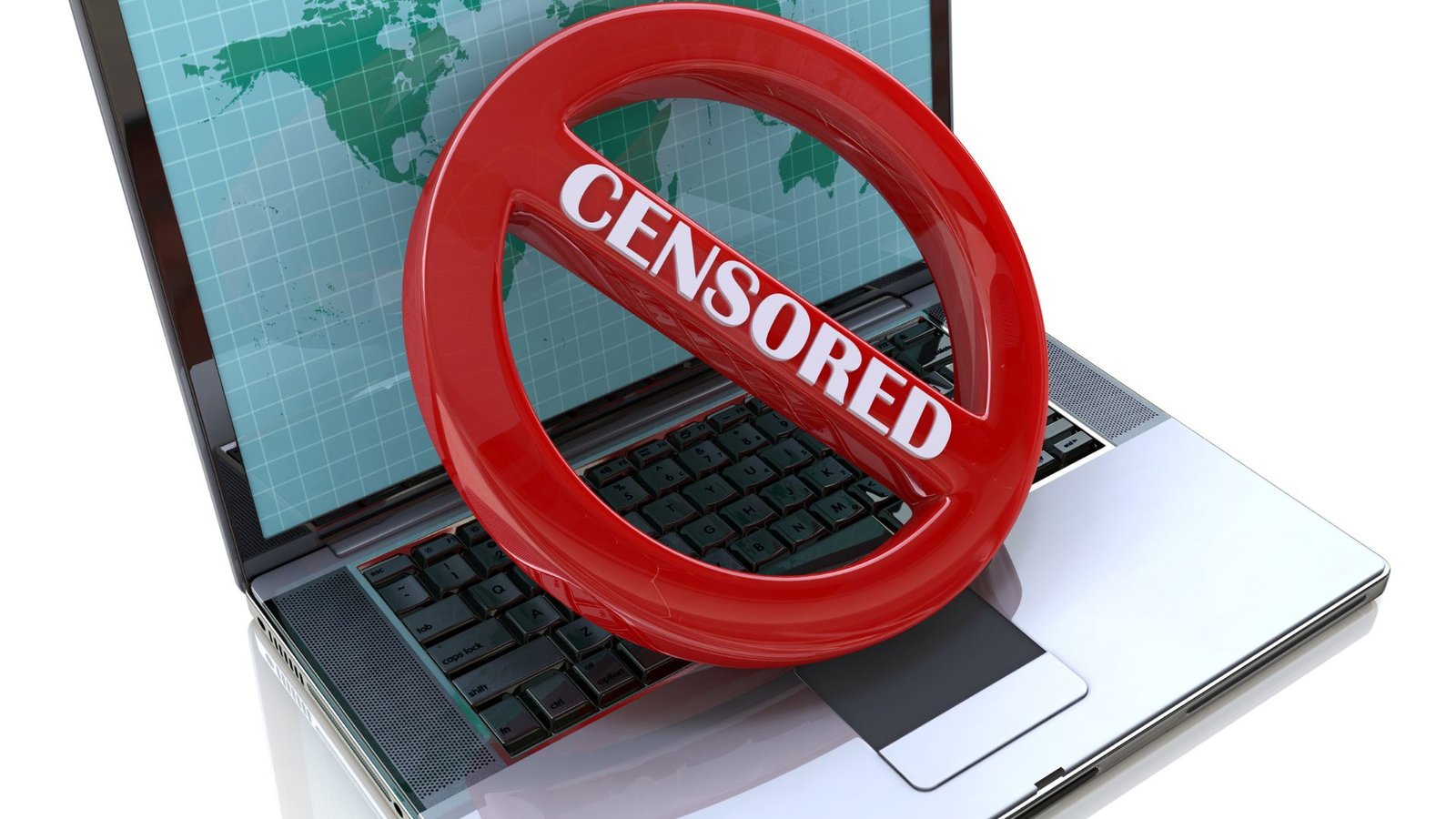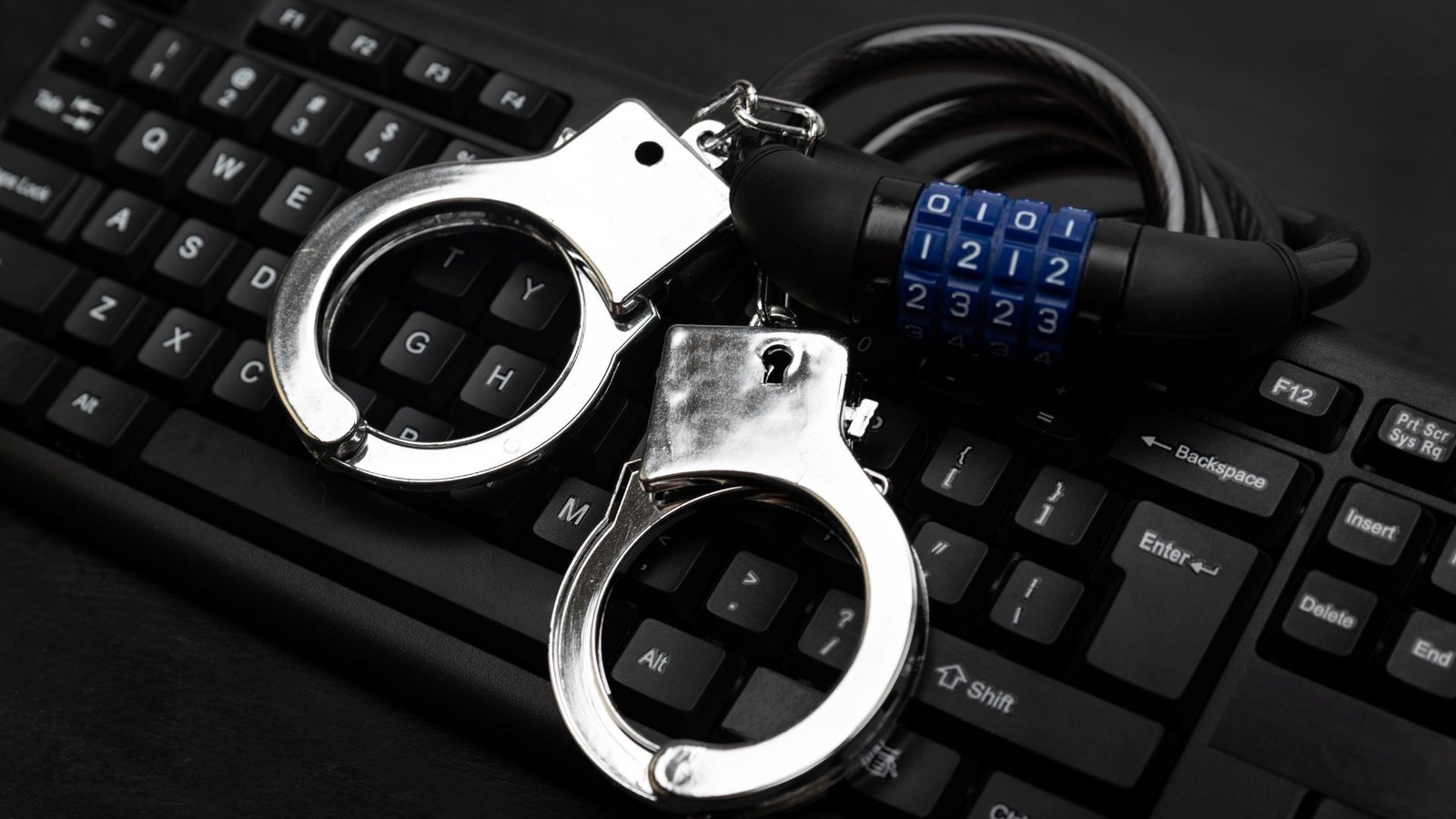On this page you will read detailed information about IoT Energy Management.
As businesses seek to reduce costs and environmental impact, the Internet of Things presents new opportunities to better manage energy usage across facilities and fleets. By taking advantage of smart sensors and data analytics, you can gain visibility into equipment performance to optimize efficiency. Getting started may seem daunting, but following best practices around assessing needs, selecting solutions, and measuring success can lead to significant long-term savings. This article outlines key recommendations to consider when developing an IoT energy management program tailored to your organization’s objectives. Applying these methods enables you to sustainably cut expenditures while demonstrating social responsibility.
The Benefits of IoT for Energy Management
Implementing IoT for energy management provides several key benefits:
- Real-time insight into energy usage and patterns: IoT sensors and analytics give visibility into how much energy equipment is using at any given time, helping identify usage trends and anomalies.
- Optimized energy efficiency: Energy consumption can be optimized by adjusting equipment schedules and automating adjustments based on usage data. For example, HVAC runtimes can be fine-tuned for weather changes or facility occupancy patterns.
- Improved asset monitoring and maintenance: IoT sensors monitor equipment health metrics like temperature, vibration, and voltage levels. Preventative maintenance can be scheduled proactively before problems occur.
- Reduced costs: All the above benefits translate into lower utility bills, reduced equipment downtime and breakdowns, and streamlined maintenance practices. Some facilities realize a 10-20% drop in energy expenses within the first year.
- Greater sustainability: Optimizing energy consumption and improving equipment efficiency helps businesses reduce their carbon footprint and environmental impact. Monitoring of renewable energy sources also becomes easier.
- Enhanced loss prevention: Sensors can detect abnormalities indicating potential safety hazards or theft, like unusually high temperatures or equipment being disconnected. Alerts provide the opportunity to respond swiftly.
To summarize, implementing an IoT solution for energy management provides the data and infrastructure for more informed, insightful and impactful decisions around your organization’s use of energy. The result is maximized efficiency, cost savings, safety and sustainability. Evaluating your needs and options to develop the right IoT strategy is an excellent first step to leveraging these advantages.
How IoT Enables Real-Time Energy Monitoring
IoT sensors and smart meters create visibility into energy usage, empowering businesses to track consumption in real time. This enables:
- Granular insight into energy use – Understand usage patterns for lighting, HVAC, plug loads, and manufacturing equipment. Identify waste and optimization opportunities.
- Automated alerts and notifications – Program rules to receive alerts for anomalies like spikes in demand or equipment left on overnight. Respond quickly to reduce waste.
- Remote control capabilities – Adjust set points and schedules for lighting, HVAC and other systems from a central interface rather than manually. Optimize for efficiency.
- Measurement and verification – Confirm efficiency project savings match projections. Continuously monitor system performance.
- Dashboarding and benchmarking – Visualize energy data to spot trends and outliers. Compare building or production line energy intensity over time or to industry benchmarks.
- Load shifting and demand response – See live demand data and move flexible loads to off-peak hours for cost savings. Participate in utility demand response programs.
- Proactive maintenance – Detect issues through monitoring of abnormal energy patterns. Perform diagnostics and maintenance to prevent downtime.
Key enablers: IoT sensors on equipment, gateways or routers to collect and transmit data, software platforms to analyze and visualize information.
With an IoT energy management strategy, businesses gain the insight needed to optimize energy use and costs in a way not possible through monthly utility bills alone. The rich data empowers operational changes and efficiency investments that drive sustainability and bottom line savings.
In the previous post, we had shared information about Internet Censorship in 2024: A Global Summary of Online Restrictions, so read that post also.
IoT Applications for Optimizing Energy Usage
Implementing Internet of Things (IoT) solutions can help optimize energy usage in facilities. Here are some best practices:
- Install smart thermostats and sensors throughout the building to monitor temperature and occupancy in different zones. Smart thermostats can automatically adjust heating and cooling based on changes in occupancy, which saves energy.
- Deploy smart plugs that allow you to remotely control electronic devices and appliances. This allows you to turn them off when not in use to avoid phantom load.
- Connect lighting systems to smart sensors and controls for automatic dimming and timed shut offs. Integrate occupancy sensors to turn lights on/off based on occupancy, and smart photocells for daylight harvesting.
- Add smart meters to monitor overall facility energy usage and performance of energy conservation measures. Dashboard reporting provides visibility into current consumption metrics.
- Implement a building automation system that integrates HVAC, lighting, and other systems onto a single centralized platform. This enables remote monitoring, scheduling, troubleshooting and more.
- Consider renewable energy generation via solar panels or wind turbines. IoT sensors can monitor output efficiency.
- Use data analytics to identify opportunities for efficiency upgrades. Continuously monitor all connected systems to verify optimal performance and identify issues early.
Taking a strategic approach to IoT can provide the visibility and control needed to minimize energy waste. Prioritizing user comfort, safety and productivity as you implement changes is key. Start with targeted solutions in problem areas then expand efforts more broadly.
Implementing an IoT Energy Management System
An IoT energy management system provides an automated, intelligent way to monitor and control energy consumption across an organization. Here are key steps for a successful implementation:
- Conduct an energy audit and assessment of current systems. Document all energy-consuming devices, their usage patterns, and opportunities for efficiency gains. This establishes a baseline.
- Set goals for reducing energy waste, lowering costs, and minimizing environmental impact. Common goals include 5-10% cuts in monthly energy bills or carbon emissions.
- Install IoT-enabled sensors on devices like HVAC equipment, servers, and manufacturing machinery. Sensors continuously feed performance data to cloud-based analytics software.
- Integrate sensors with an IoT platform that consolidates real-time data streams into one centralized dashboard. Look for a flexible platform that supports data analytics, rule triggers, and integration with building management systems.
- Develop rules and control mechanisms to optimize energy consumption, e.g. automatically dimming lights in unoccupied rooms or temporarily shutting off HVAC in low-traffic areas. Actuators connected to the IoT system enact the controls.
- Provide access to real-time energy insights through role-based dashboards for facility managers, executives, and other stakeholders. Customized views empower better decision making.
- Analyze data trends to identify issues like equipment failures and upgrade opportunities. The IoT system becomes smarter over time through machine learning algorithms.
- Review progress toward efficiency goals monthly and readjust configurations and processes as needed. Continual optimization helps maximize returns on IoT technology investments over the long term.
With the right IoT implementation plan centered on actionable data intelligence, organizations can realize significant and sustainable cuts in energy costs and carbon footprints. The system pays for itself over time while demonstrating environmental responsibility.
IoT Energy Management Best Practices
When implementing an IoT solution for energy management, adhere to the following best practices:
- Perform an energy audit first to understand your current energy usage and identify areas for potential savings. This will help you establish a baseline and set tangible goals for energy reduction.
- Look at all energy streams – electricity, gas, water, etc. The more data you can collect for analysis, the better optimization opportunities you will uncover.
- Strategically install IoT sensors to gather granular, real-time data on critical energy systems – HVAC, lighting, plug loads. Focus first on the biggest energy consumers.
- Leverage cloud platforms and analytics software to aggregate and contextualize the IoT sensor data, revealing usage patterns, anomalies, and savings opportunities.
- Set energy efficiency KPIs aligned to business goals, like kWh/widget manufactured. Continuously track performance metrics to validate energy savings over time.
- Consider edge computing solutions to process data locally for reduced latency while applying cloud analytics for historical trend analysis.
- Build automated alerts and system triggers that initiate corrective action when setpoints are exceeded to prevent energy waste.
- Look holistically at behavioral change opportunities with IoT data – identify low hanging fruit where engagement programs could drive energy savings.
Applying these guidelines as a framework will set your IoT energy management solution up for maximum business benefit through actionable data insights that drive operational efficiency. Expert guidance can help build a customized roadmap for your environment and use cases.
Conclusion
As you implement more IoT devices for energy management, consider both the long and short-term impacts. Look beyond the initial cost savings to how smart technologies can lead to sustainability over decades. Commit to regular reviews of energy usage data and tuning device settings for maximum efficiency. The responsibility falls on technology leaders like yourself to pave the way for IoT adoption through piloting, measurement, and knowledge sharing. Approach new deployments with the end goal in mind – an energy infrastructure that balances environmental needs with business growth for generations to come. Stay pragmatic yet creative in evaluating options to lower energy waste. The future depends greatly on the priorities you set today.
Disclaimer
The information and services on this website are not intended to and shall not be used as legal advice. You should consult a Legal Professional for any legal or solicited advice. While we have good faith and our own independent research to every information listed on the website and do our best to ensure that the data provided is accurate. However, we do not guarantee the information provided is accurate and make no representation or warranty of any kind, express or implied, regarding the accuracy, adequacy, validity, reliability, availability, or completeness of any information on the Site. UNDER NO CIRCUMSTANCES SHALL WE HAVE ANY LIABILITY TO YOU FOR ANY LOSS OR DAMAGE OF ANY KIND INCURRED AS A RESULT OR RELIANCE ON ANY INFORMATION PROVIDED ON THE SITE. YOUR USE OF THE SITE AND YOUR RELIANCE ON ANY INFORMATION ON THE SITE IS SOLELY AT YOUR OWN RISK. Comments on this website are the sole responsibility of their writers so the accuracy, completeness, veracity, honesty, factuality and politeness of comments are not guaranteed.
So friends, today we talked about IoT Energy Management, hope you liked our post.
If you liked the information about IoT Energy Management, then definitely share this article with your friends.








